The U.S. Securities and Exchange Commission (SEC) is seeing increased calls for clearer regulation of digital assets, especially cryptocurrencies. SEC Commissioner Hester Peirce, widely known as the “Crypto Mom,” has emphasized the need for precise and flexible regulatory guidelines tailored for the evolving crypto market.
Meanwhile, Robinhood, a leading trading platform, has submitted a proposal to the SEC aimed at creating a federal framework for tokenizing real-world assets. These developments mark important steps in defining the future regulatory landscape for digital assets in the United States.
Peirce Calls for Clear Guidelines on Crypto Tokens
Hester Peirce stressed the urgency of clarifying which cryptocurrencies fall under securities laws. She explained that most cryptocurrencies currently do not meet the standards used to classify securities. During the SEC Speaks event, Peirce outlined the importance of distinguishing tokens based on their function and purpose. This distinction hinges on whether tokens grant holders rights to profits or governance, or if they merely serve as utility tokens without investment attributes.
Peirce described tokens that lack business interest rights as fundamentally different from investment contracts. Therefore, these tokens should not face the same regulatory scrutiny as securities. She argued that regulators need to develop rules reflecting the unique nature of digital assets rather than relying on traditional securities frameworks. This approach would better accommodate the growing variety of tokens, such as meme coins and tokens distributed through airdrops.
The SEC Crypto Task Force has engaged in over 100 discussions with industry participants to deepen understanding of crypto markets. These conversations aim to balance regulatory oversight with fostering innovation. Peirce emphasized that a one-size-fits-all securities regime fails to address the complexities of emerging token types. She noted the importance of adapting rules to accommodate tokens primarily intended for use, not investment.
Proposals to Increase Regulatory Flexibility
Peirce outlined plans for a safe harbor system that would exempt certain crypto projects from registering as securities. This framework would require projects to meet specific conditions, helping them understand and comply with the law. One key element involves exempting some token airdrops from securities regulation, reducing legal uncertainty for blockchain startups.
This regulatory flexibility aims to clarify when tokens no longer qualify as investment contracts. Peirce warned against leaving these critical definitions to court rulings alone. Instead, explicit SEC guidance could provide certainty for secondary market transactions and ongoing asset classification. Clear rules would aid market participants in understanding their rights and regulatory responsibilities.
Peirce’s statements reflect a move toward categorizing tokens based on their economic reality and intended use. This shift from formal structures to practical function could reshape how digital assets are regulated. The proposed tailored approach acknowledges the diverse characteristics of tokens, enhancing regulatory clarity and market efficiency.
Robinhood Proposes Framework for Real-World Asset Tokenization
In parallel with regulatory discussions on cryptocurrencies, Robinhood has taken steps to establish a federal framework for tokenizing real-world assets (RWAs). In April 2025, the company submitted a detailed proposal to the SEC. The plan aims to standardize how physical assets can be converted into digital tokens for trading on blockchain platforms.
According to a report by AIinvest, Robinhood’s proposal focuses on integrating decentralized finance technologies with traditional markets. The framework would facilitate broader access to assets by allowing their digital representation on platforms such as Solana and Base. This initiative seeks to bridge gaps between conventional finance and emerging blockchain ecosystems.
If approved, the framework would introduce regulatory clarity and oversight to the RWA tokenization sector. It targets issues of compliance, security, and interoperability—areas crucial for institutional participation. The proposed system could increase transparency and confidence among investors and market participants.
Growing Demand for Real-World Asset Tokenization
Interest in tokenizing physical assets has surged in recent months. The launch of a $1 billion real estate tokenization project in the United States illustrates expanding demand. However, regulatory uncertainty has slowed widespread adoption.
Robinhood’s proposal seeks to address these obstacles by establishing clear legal guidelines. By doing so, it would create a more structured environment for asset tokenization. This clarity could unlock liquidity and broaden market participation in tokenized real assets.
The company’s submission to the SEC’s Crypto Task Force signals its commitment to regulatory compliance. It also highlights the growing importance of federal oversight in digital asset innovation. Robinhood’s plan emphasizes the role of advanced blockchain platforms in supporting secure and efficient tokenization.
The Importance of Regulatory Certainty for the Crypto Market
Both Peirce’s remarks and Robinhood’s proposal underscore the critical need for regulatory certainty. Clear rules are essential for market stability and growth. They help market players understand compliance requirements and operational boundaries.
Peirce’s focus on flexible, use-based token classification addresses challenges in applying traditional securities law to digital assets. Meanwhile, Robinhood’s effort to create a federal framework for RWAs targets the legal ambiguities surrounding asset tokenization.
Together, these efforts indicate a regulatory shift toward accommodating innovation while protecting participants. The SEC’s engagement with industry stakeholders aims to develop frameworks that balance oversight with market development.
SEC Commissioner Hester Peirce’s call for clear and adaptable crypto regulations marks a key moment in U.S. digital asset policy. Her emphasis on differentiating securities from utility tokens reflects the market’s complexity. Concurrently, Robinhood’s federal framework proposal for real-world asset tokenization offers a structured approach to bridging traditional finance and blockchain.
These developments contribute to shaping a more defined regulatory landscape for crypto assets. The SEC’s continued dialogues with industry players and proposals for regulatory frameworks indicate ongoing progress. Clear and tailored regulations will be vital for the maturation of the digital asset market in the coming years.



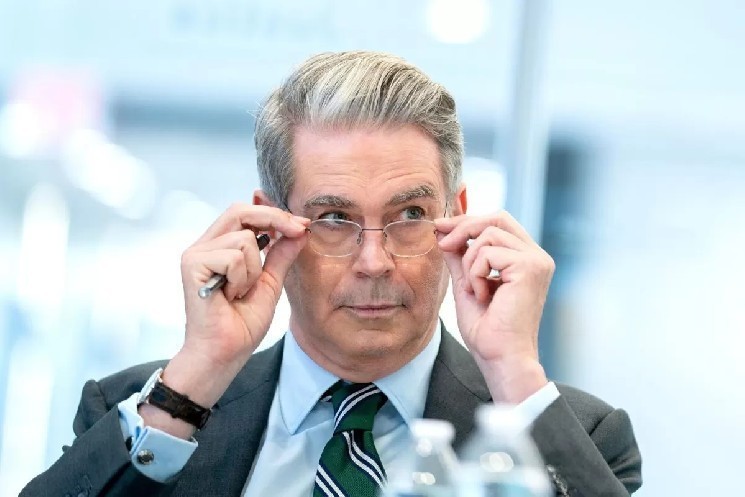
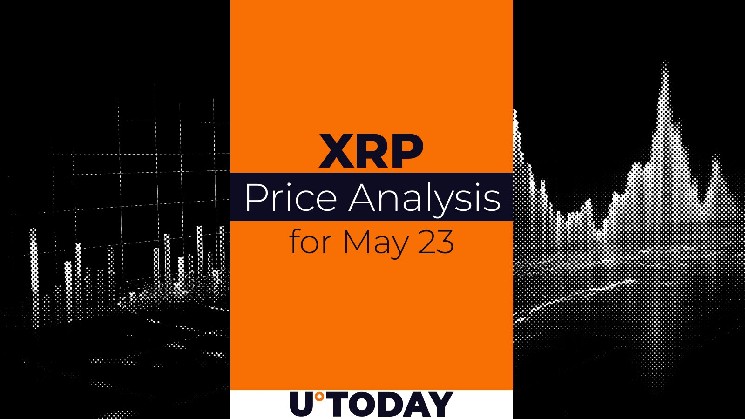

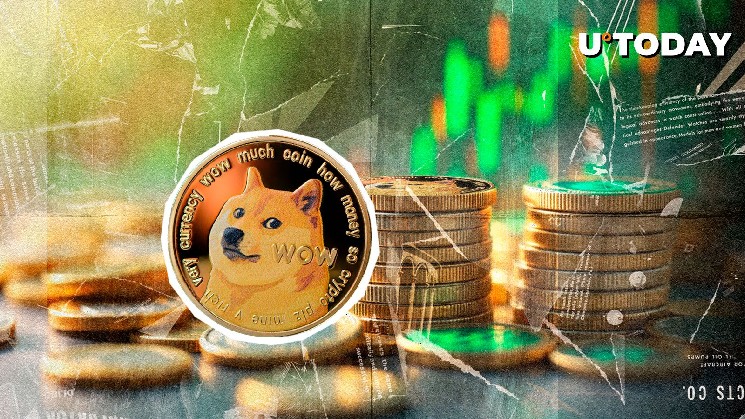


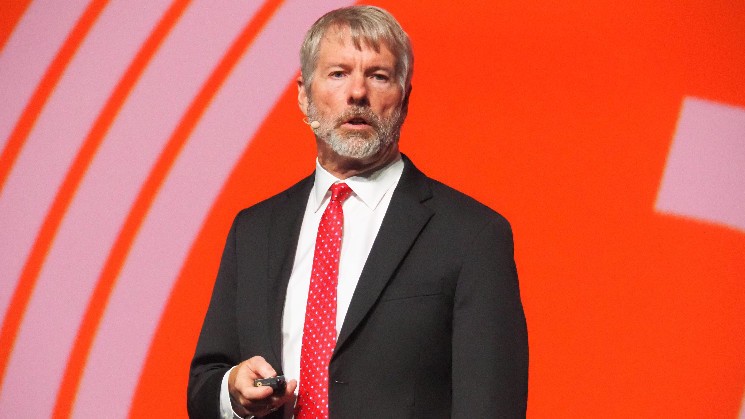

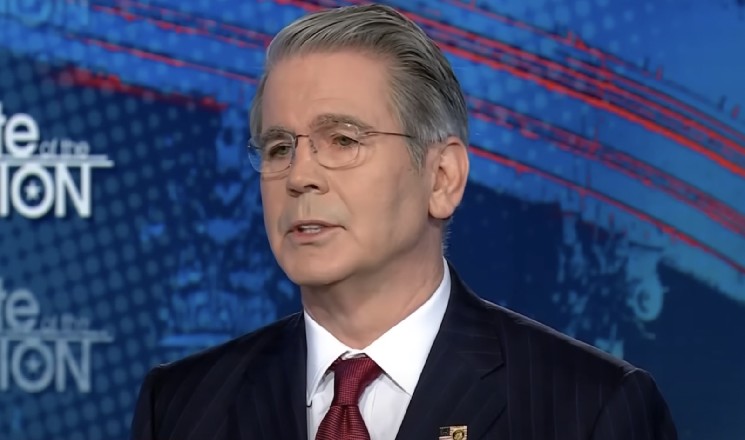

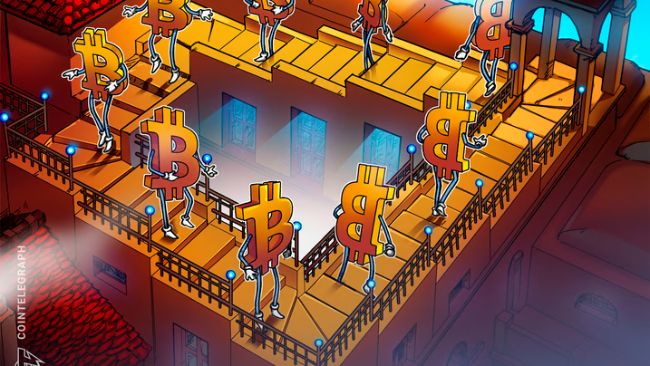
Leave a Reply